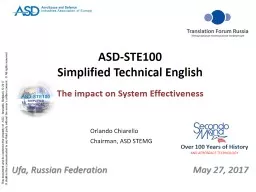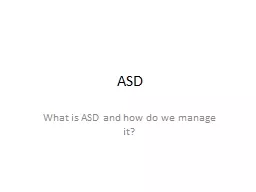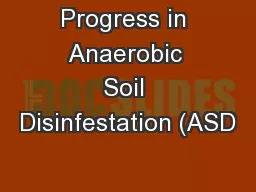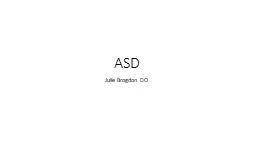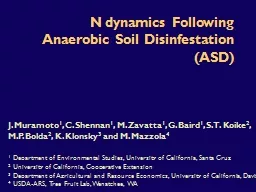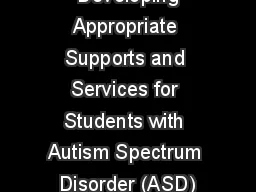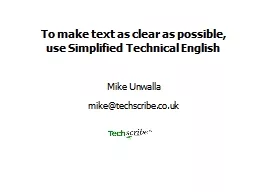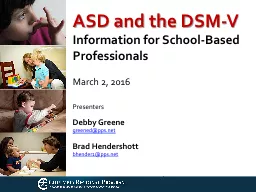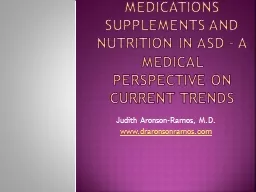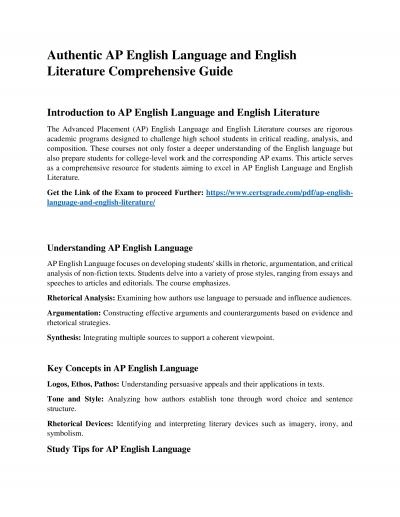PPT-ASD-STE100 Simplified Technical English
Author : opelogen | Published Date : 2020-10-22
The impact on System Effectiveness Orlando Chiarello Chairman ASD STEMG Over 100 Years of History AND AEROSPACE TECHNOLOGY 20170527 Impact of Simplified Technical
Presentation Embed Code
Download Presentation
Download Presentation The PPT/PDF document "ASD-STE100 Simplified Technical English" is the property of its rightful owner. Permission is granted to download and print the materials on this website for personal, non-commercial use only, and to display it on your personal computer provided you do not modify the materials and that you retain all copyright notices contained in the materials. By downloading content from our website, you accept the terms of this agreement.
ASD-STE100 Simplified Technical English: Transcript
Download Rules Of Document
"ASD-STE100 Simplified Technical English"The content belongs to its owner. You may download and print it for personal use, without modification, and keep all copyright notices. By downloading, you agree to these terms.
Related Documents

